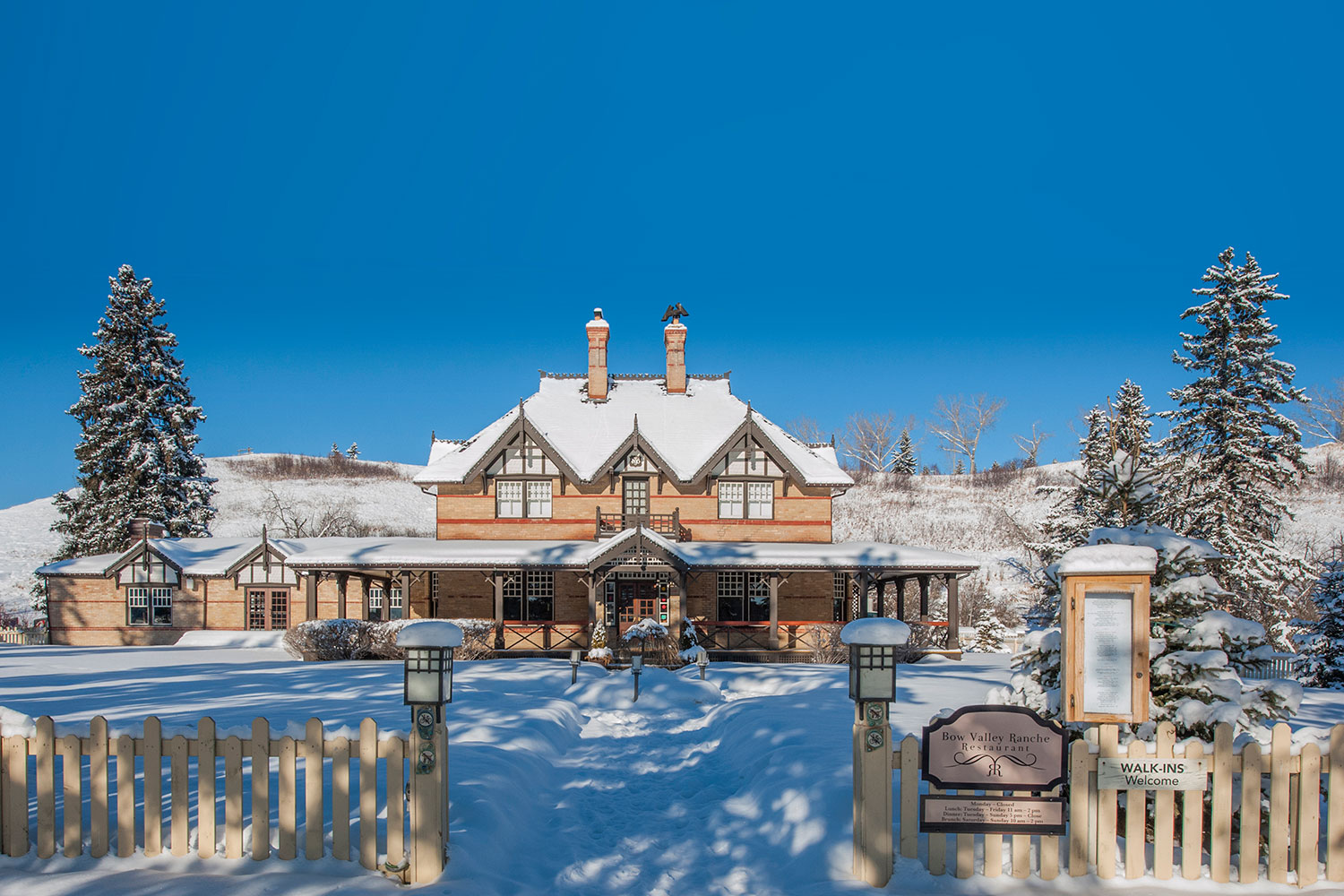
Jan. 03, 2019 | Gerald Vander Pyl
The history of Fish Creek Provincial Park
Fish Creek Provincial Park is one of the largest urban parks in North America, with everything from vast natural areas to a popular, manmade swimming lake.But the 1,348-hectare park almost never happened, and once faced the unfortunate possibility of being loved to death by the expanding population of Calgary.
Its saviours were a dashing politician who came to power in the early 1970s, and later, diligent work by provincial park staff to find a balance between human use and wild spaces.
The valley of the Fish Creek first attracted aboriginal people who hunted bison in the area for thousands of years, before the vast herds were decimated by European settlers during the 1800s.
"It wasn't really a permanent home for aboriginal people, but they used it for hunting grounds, and lived there when they were hunting for six months. When the bison died (out), the valley just sat empty, as there was no reason for them to come back and hunt," said Wayne Meikle, who worked for Alberta Parks starting in the early 1980s, later as a park planner, and helped found the Friends of Fish Creek Provincial Park advocacy group.
Meikle, who is writing a book on the history of Fish Creek, says the area would later be used by early settlers, many of whom are now among the "who's who" of Calgary's historical families.
Settlers John Glenn and Sam Livingston planted the first grain crops in the Calgary area in Fish Creek Valley in 1876. By 1896, John and William Roper Hull had started farming in the area, and later built Bow Valley Ranche House, which still stands today near the park's visitor centre.
"Somebody had the foresight to preserve (this) wild area, so the way we manage it is to keep that in mind." - Julie Millen, Alberta Environment and Parks
The ranch was later bought by cattle baron Patrick Burns in 1902 to sort and fatten cattle on their way to the packing plant.
But those activities eventually died out, and by the late 1960s, people began pushing for Fish Creek to be protected as a park.
"The valley was getting pretty destroyed by garbage, as it wasn't under anybody's control," said Meikle.
"There was a group of Calgarians who basically wanted the City to do something."
Instead, it was the province that stepped in.
Meikle says that at the time, the province was advocating for new parks closer to cities, while a study of provincial flood risk indicated Fish Creek Valley was not suitable for housing.
By the early 1970s, the province began buying land for Fish Creek Provincial Park. However, there was one problem: the City's preferred alignment for the next section of its new, modern freeway threatened the future of the emerging park.
"When it became a park, the big issue became Deerfoot Trail," said Meikle. "Deerfoot Trail was supposed to run down Bow Bottom Trail through the park."
He says then-premier Peter Lougheed raised the ire of some Calgary politicians by stepping in to the fray.
"Mr. Lougheed said, 'No, that will not happen,' "
In the end, the provincial government won out, and the park was saved.
Officially opened in 1975, Fish Creek Provincial Park was designed for 200,000 visitors per year, but now welcomes more than three million.
Due to the park's immense popularity, the province is forced to try to achieve a balance between visitor use and protecting the environment.
"Somebody had the foresight to preserve (this) wild area, so the way we manage it is to keep that in mind," said Julie Millen, acting community and partner relations team lead for the Kananaskis region with Alberta Environment and Parks.
Millen says Fish Creek spans several animal habitats, from coniferous forests to riparian areas, grasslands, and wetlands. Wildlife cameras in the park have shown visits from cougars, bears, bobcats and moose, "all sorts of amazing animals that you usually don't find in urban habitats."
She says that Fish Creek Provincial Park also serves as a gateway for people to experience nature right in the city, and learn to respect and protect it.
"Having that here as a resource for people, and as an introduction to wild areas, is really, really important as we become more urbanized in our populations," she said.
For information on various programs offered in the park by the Friends of Fish Creek Provincial Park, visit friendsoffishcreek.org. For general park info, visit albertaparks.ca.
Tagged: Alberta Environment and Parks | Alberta Parks | Bow Bottom Trail | Bow Valley Ranche | Deerfoot Trail | Feature | Fish Creek | Fish Creek Provincial Park | history | Kananaskis | Patrick Burns | Peter Lougheed | William Roper Hull




